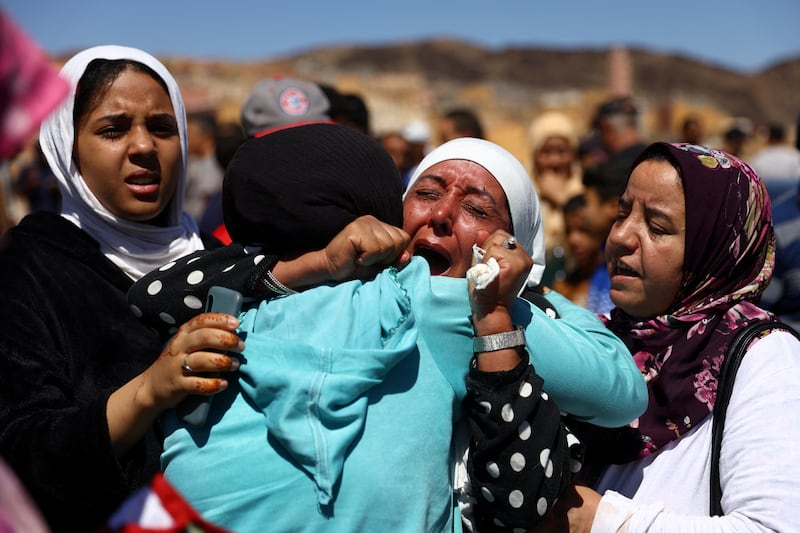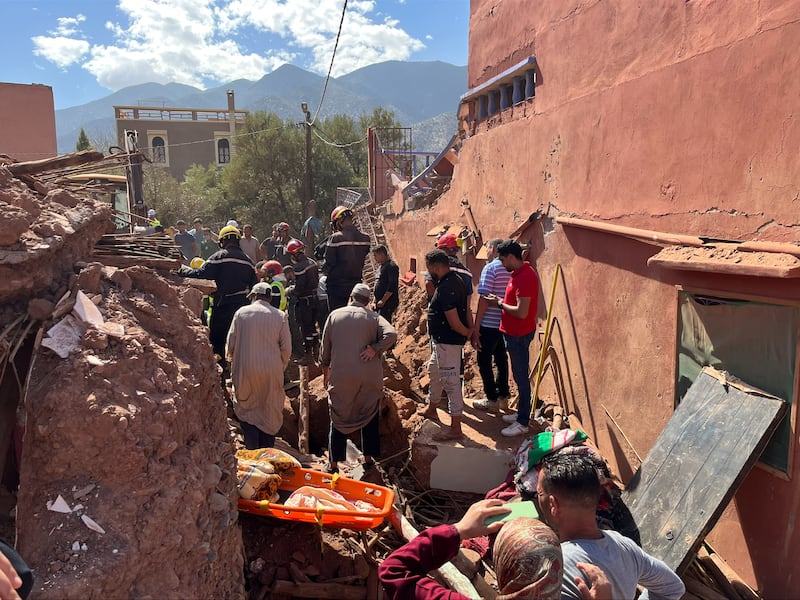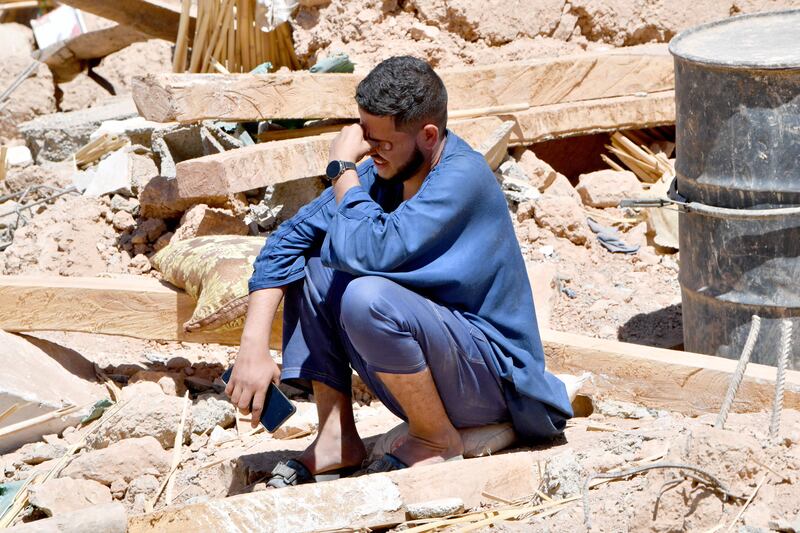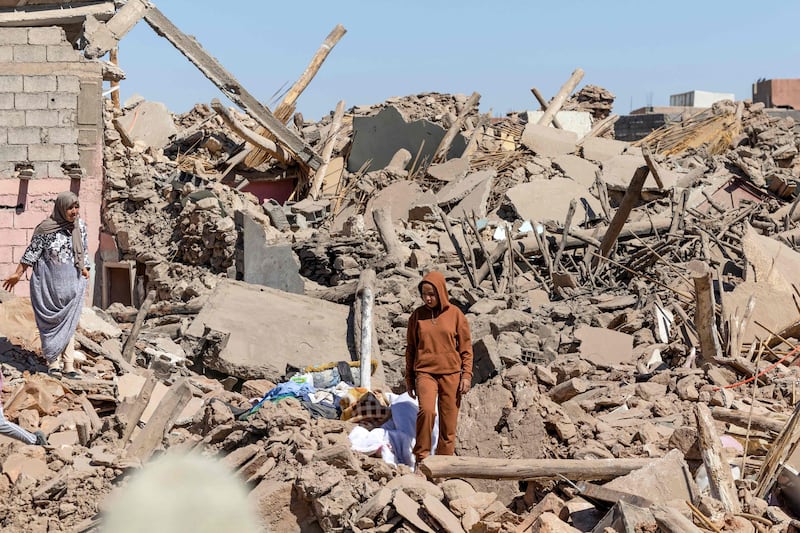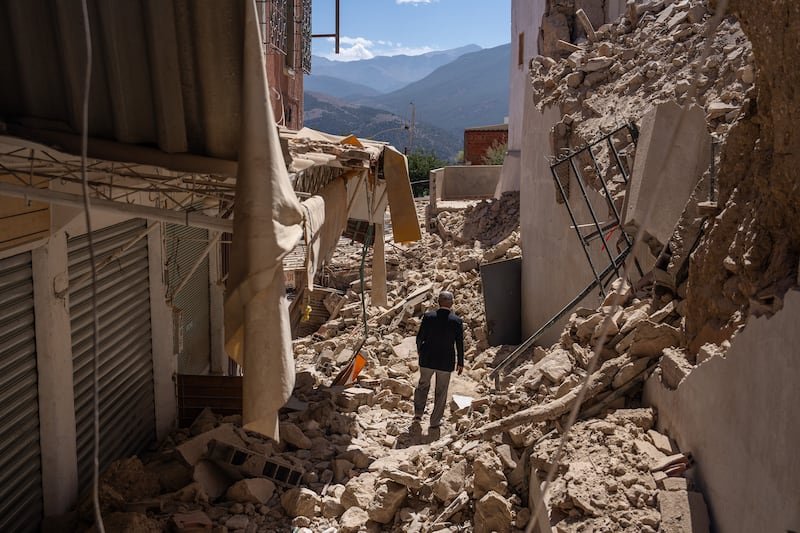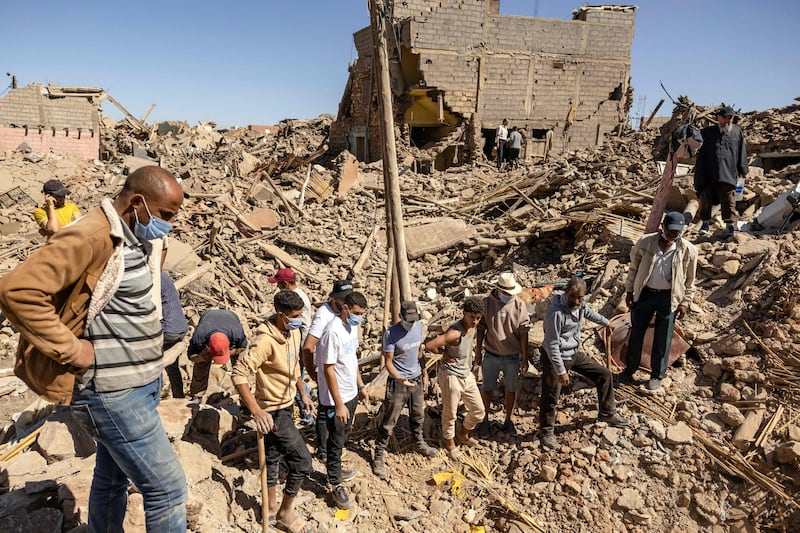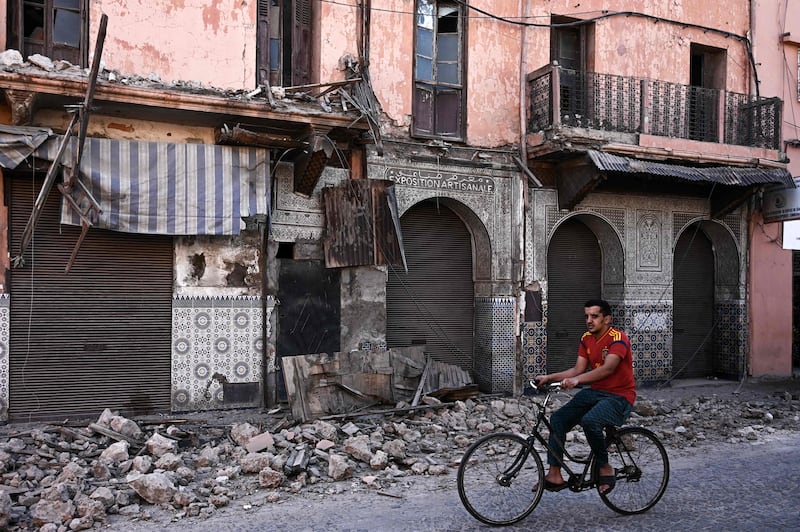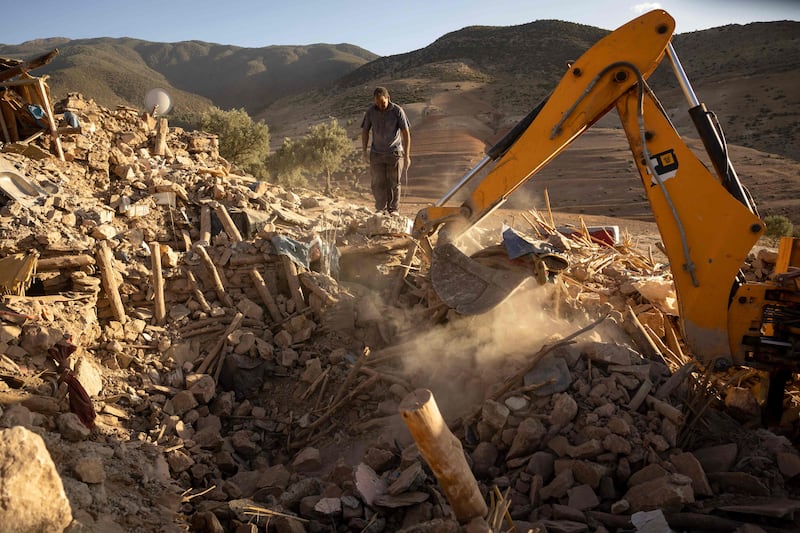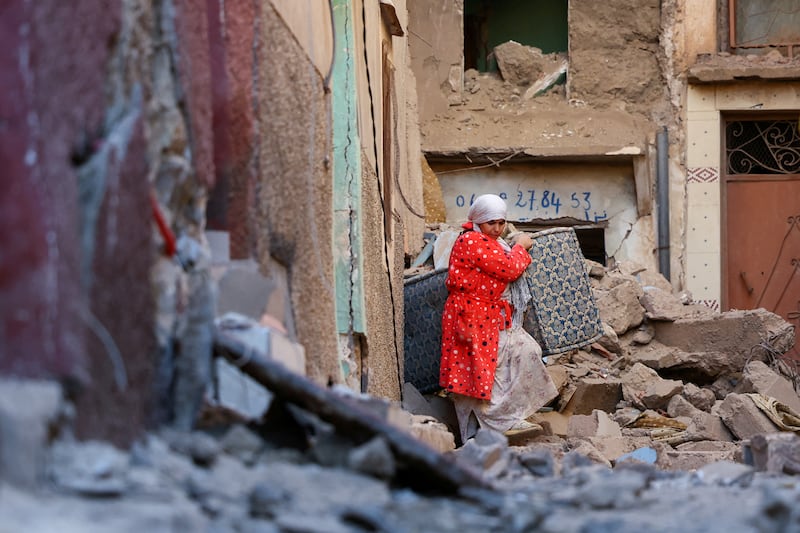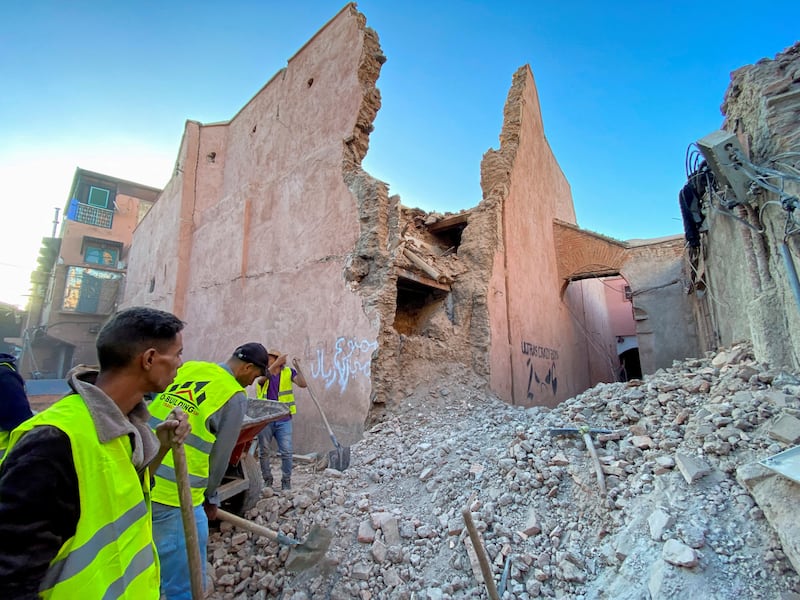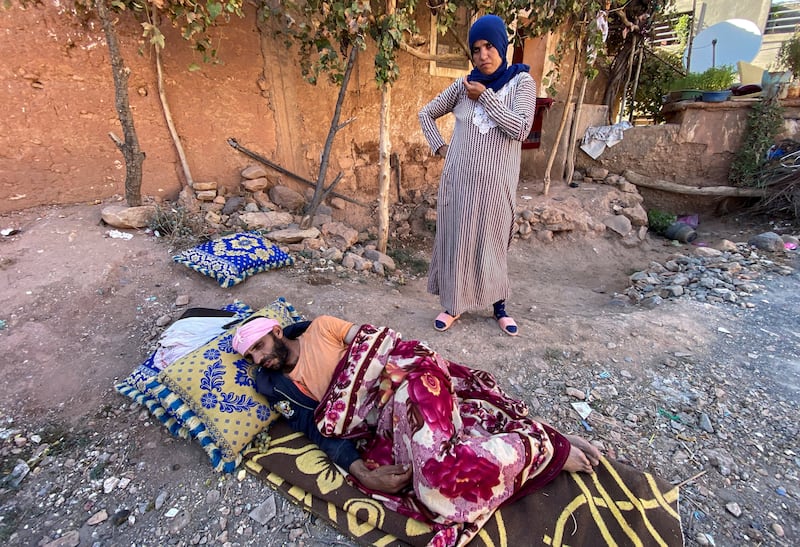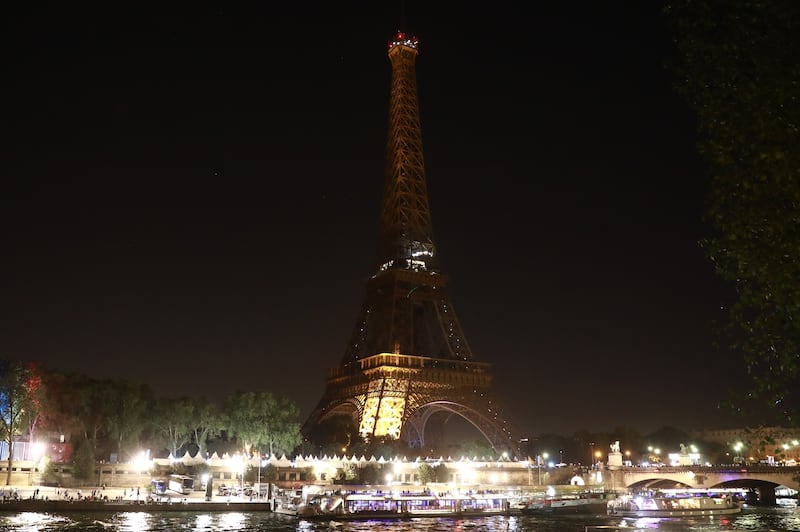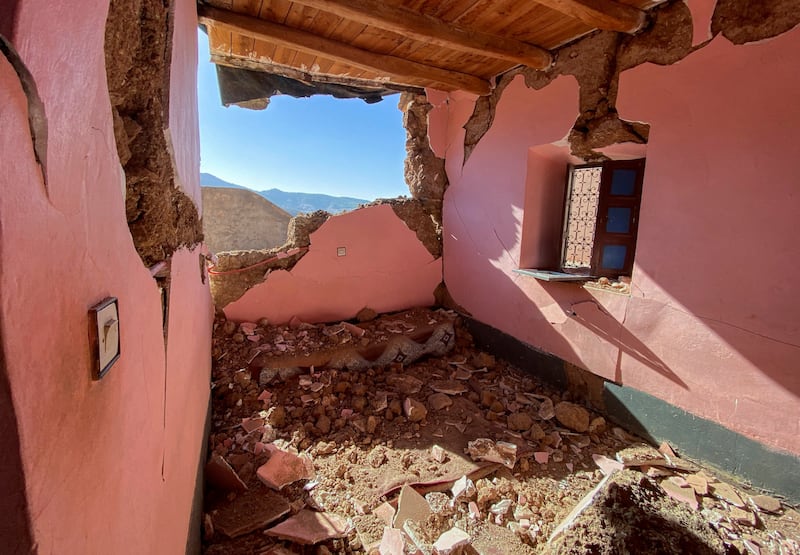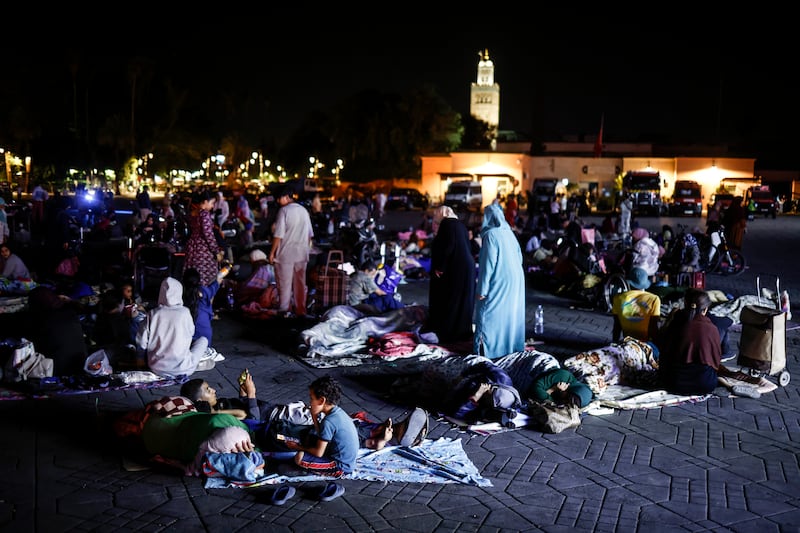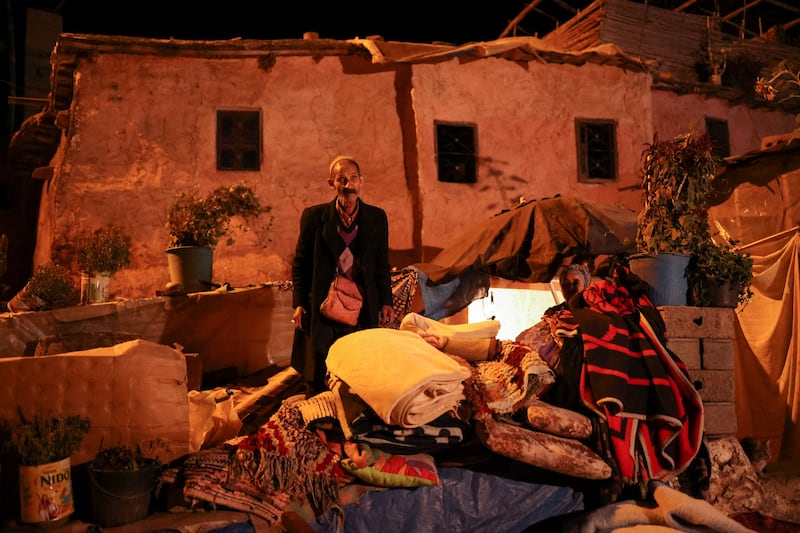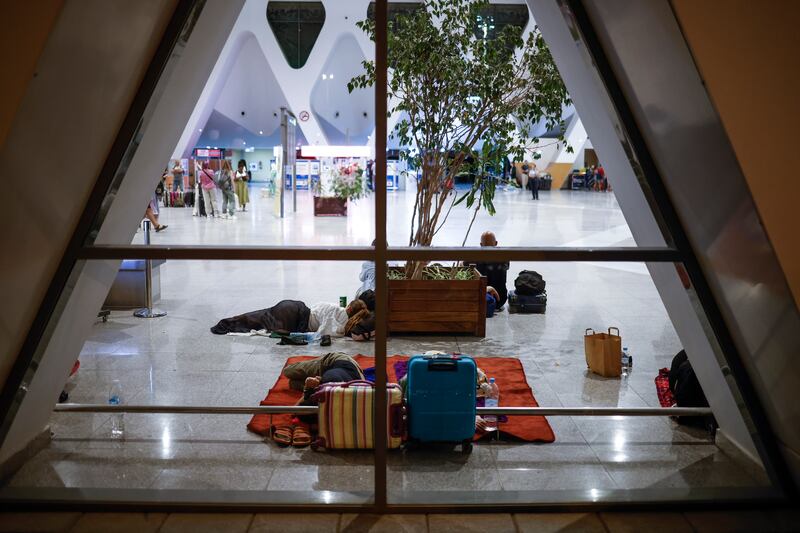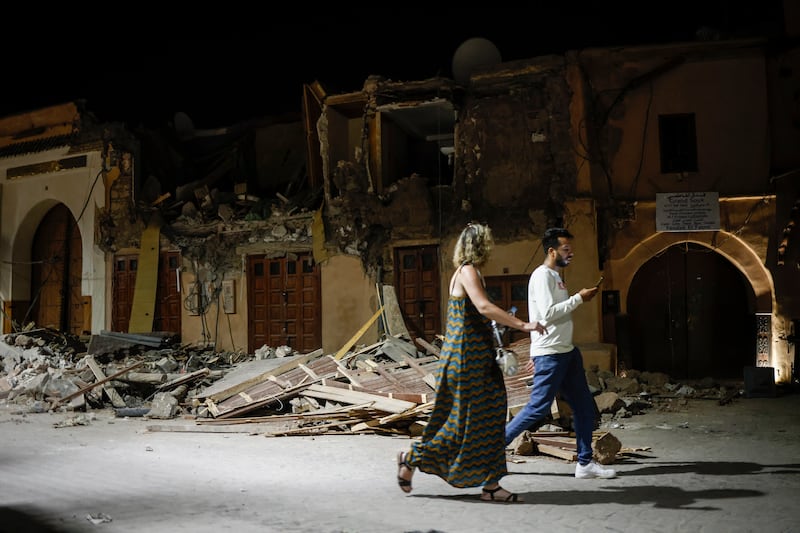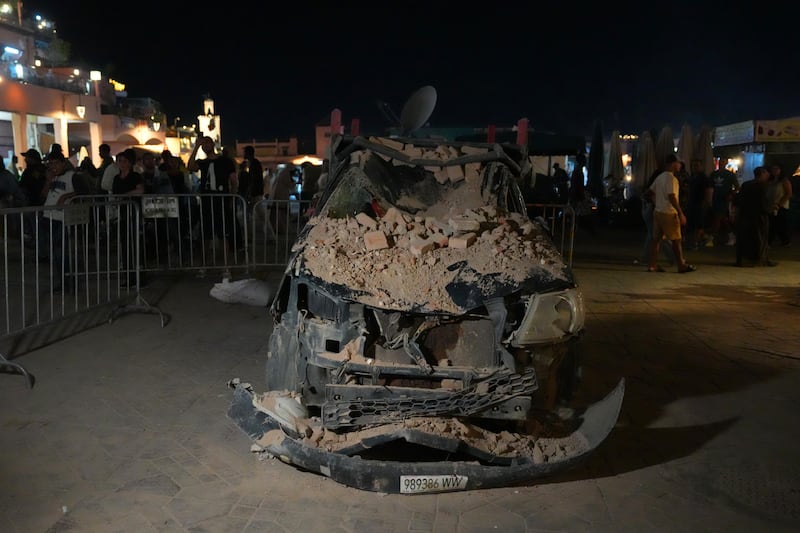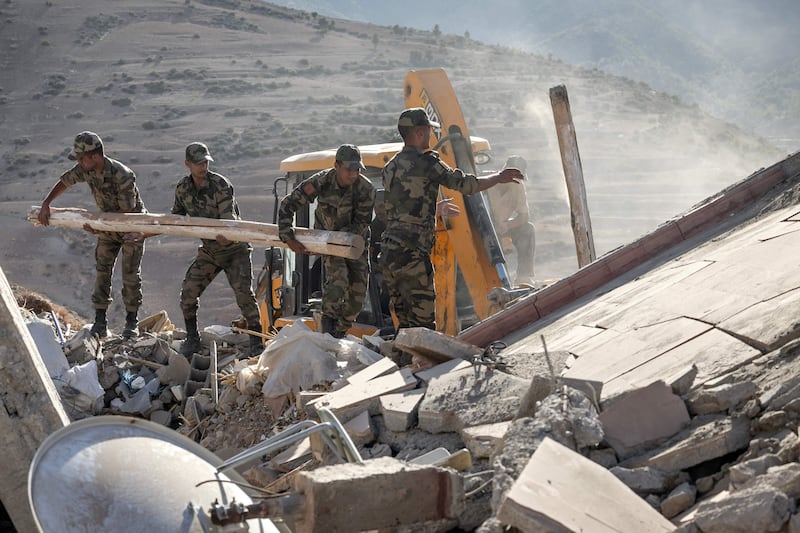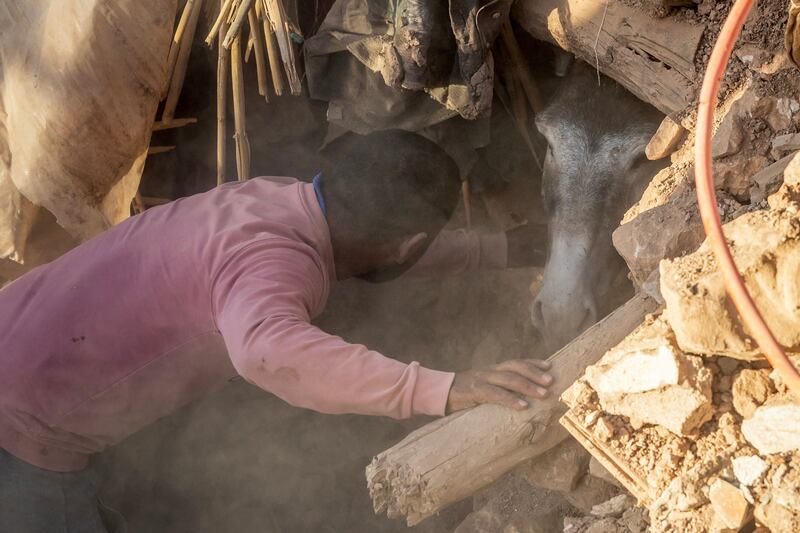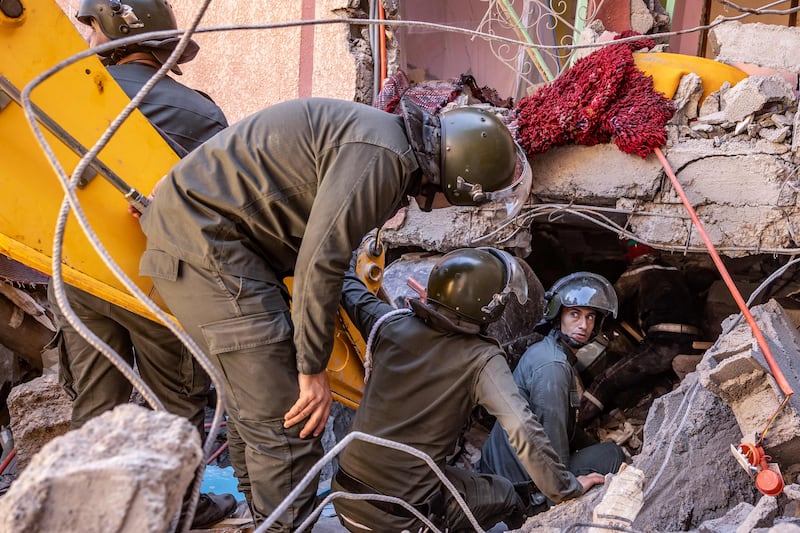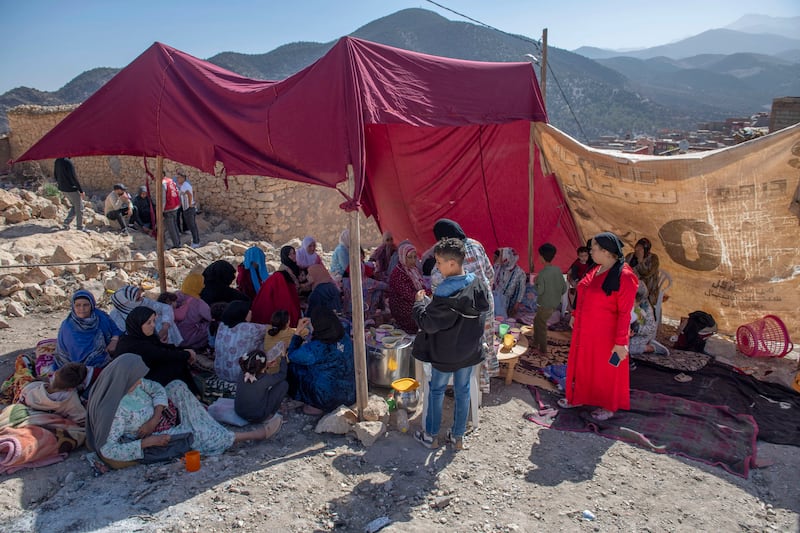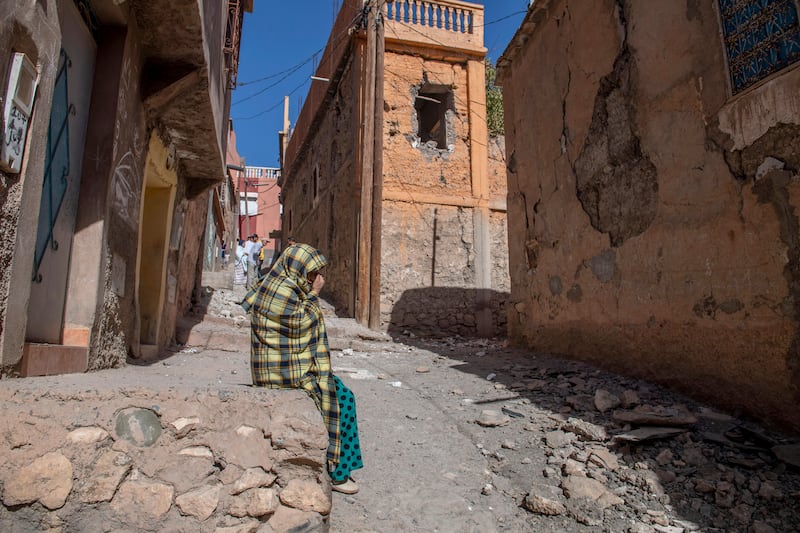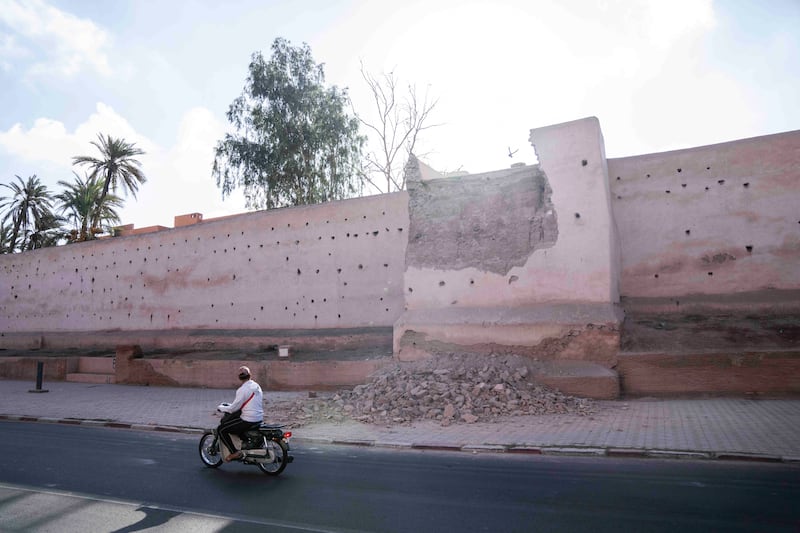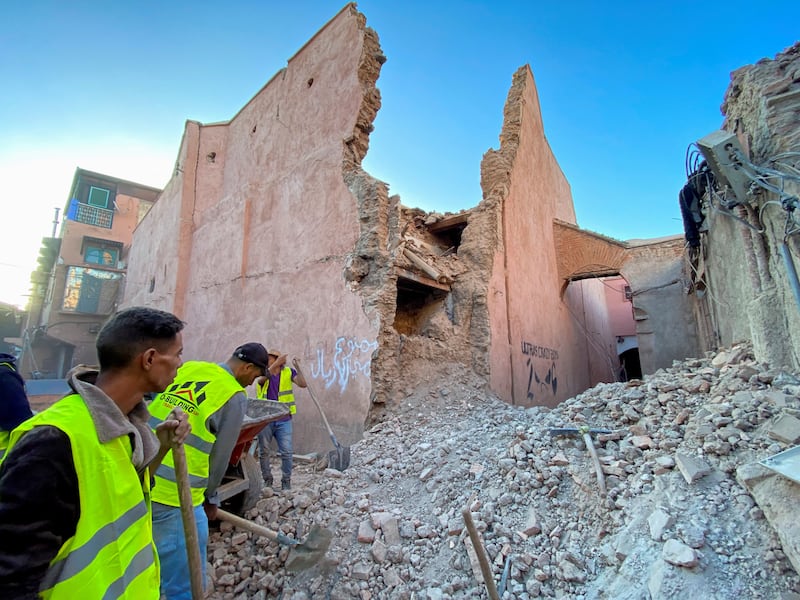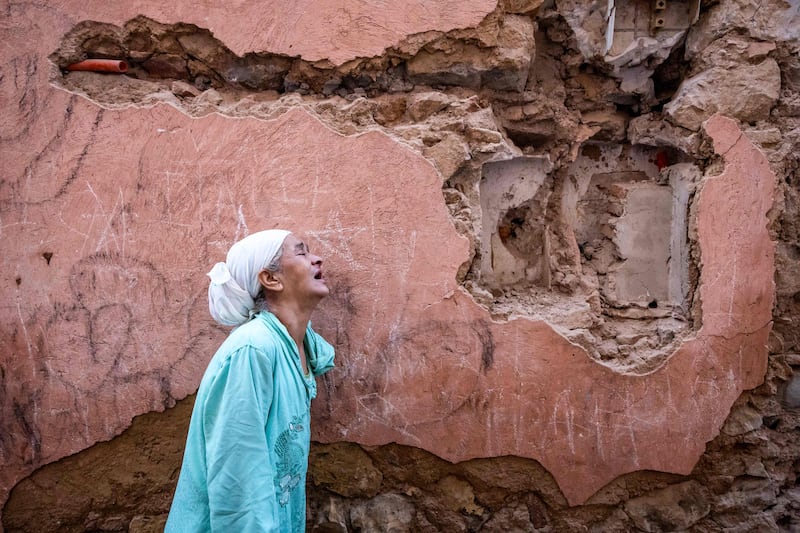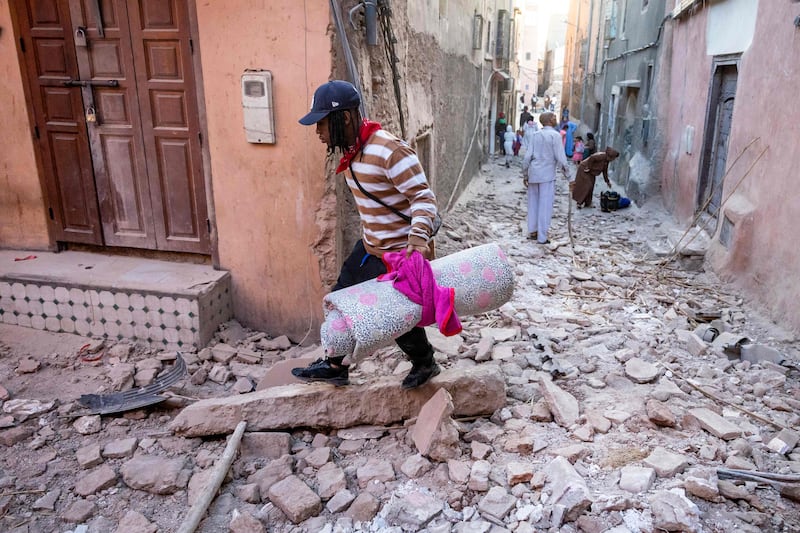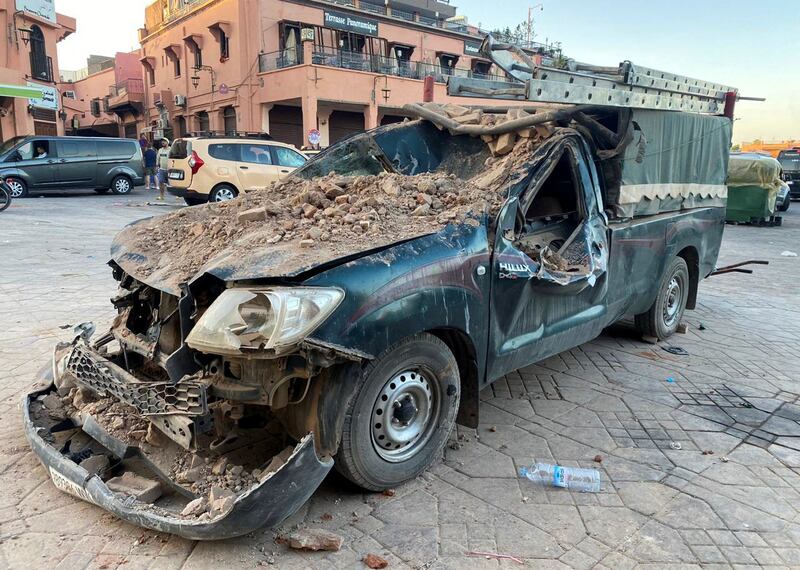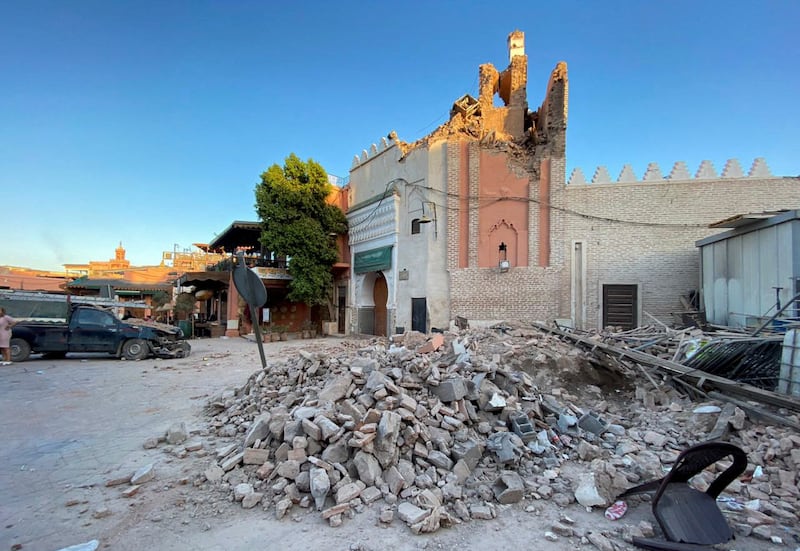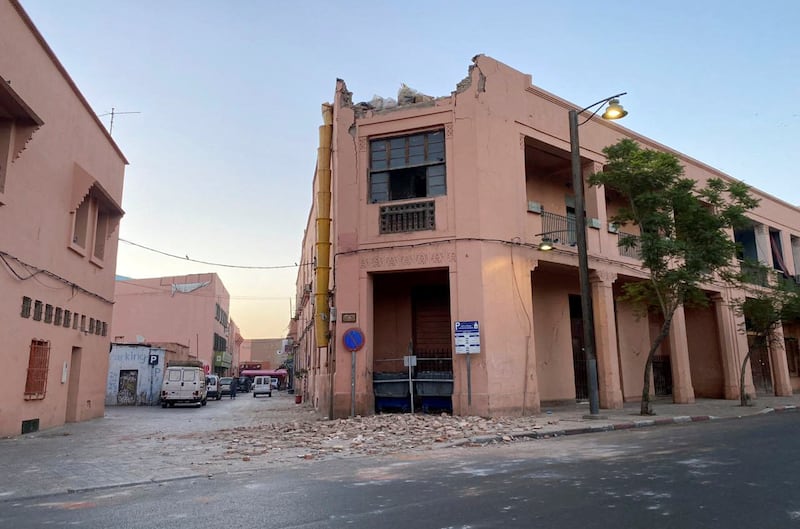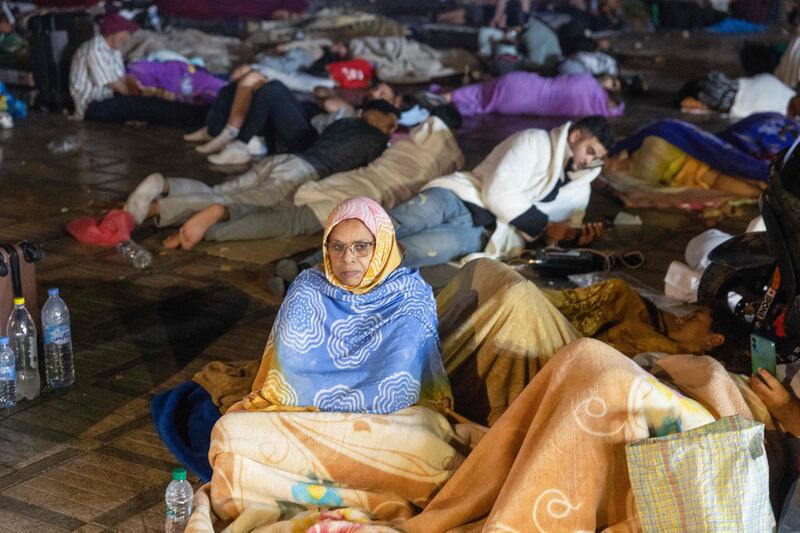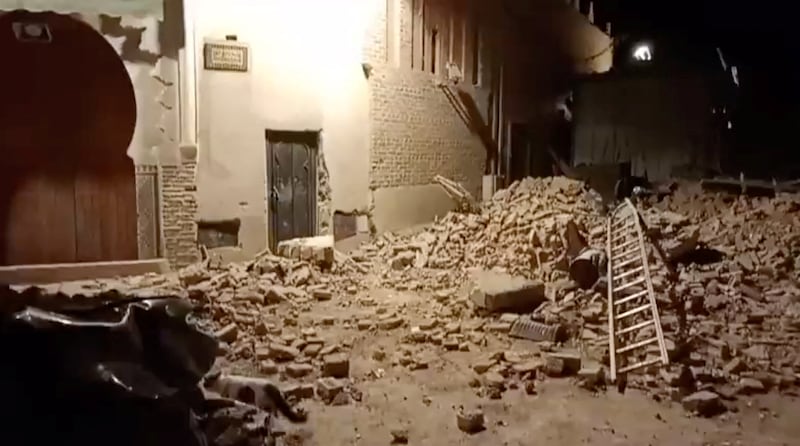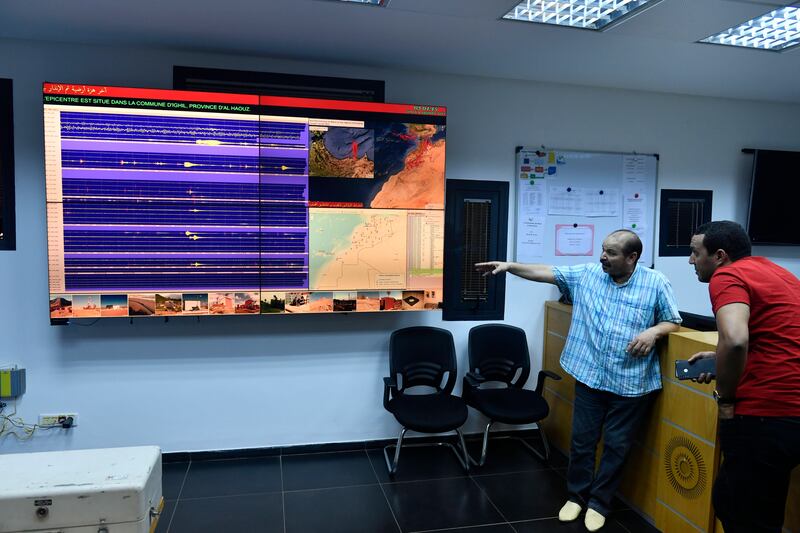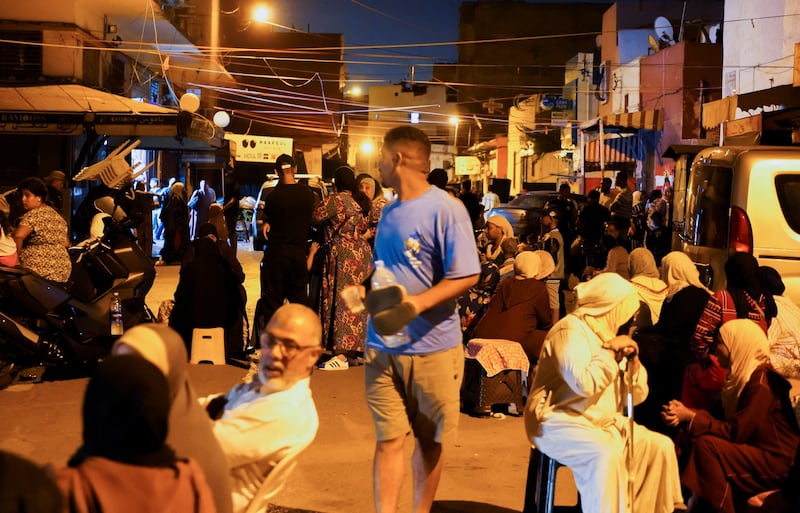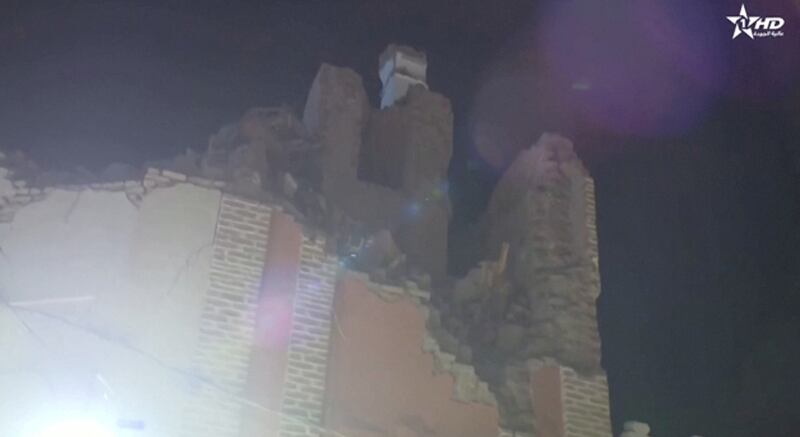Follow the latest updates on the Moroccan earthquake here
The earthquake that struck Morocco on Friday night and has so far been confirmed to have claimed the lives of more than a thousand people is thought to be the strongest within the country for more than a century.
The region has experienced a number of deadly earthquakes over the past century or so, and continues to face lower-magnitude tremors that do not cause significant harm.
According to the US Geological Survey (USGS), Friday night’s 6.8-magnitude quake happened “at shallow depth” about 75km south-east of Marrakesh in the High Atlas Mountains.
“Earthquakes of this size in the region are uncommon but not unexpected,” the organisation said in a statement released on Friday night.
Tectonic plate shifts
Yesterday’s earthquake took place in a wider area that can be vulnerable to earthquakes because of stresses around the boundary between the Eurasian tectonic plate, which lies to the north, and the African plate. These are two of the world’s seven major tectonic plates.
The USGS said that the epicentre was about 550km south of the boundary between the two plates.
The High Atlas Mountains contain a variety of what are known as strip-slip faults, which involve two geological blocks sliding past one another.
The mountains also have a number of thrust faults, where one area of land slips over another at a shallow angle.
A history of disaster
Since 1900, Morocco has experienced nine earthquakes with a magnitude of between five and six, but none with a magnitude greater than six, apart from one that took place in the sea a significant distance from the country.
Despite killing many hundreds of people and being the largest magnitude earthquake on Moroccan soil since at least 1900, Friday’s earthquake was not the most deadly that the country has suffered in recent times.
In March 1960 a reported third of the population of the town of Agadir, on Morocco’s west coast, were killed by a 5.8-magnitude earthquake.
In total around 12,000 people died and a similar number were injured as buildings collapsed and residents were trapped beneath the rubble.
In 2004, about 630 people were killed and a reported 926 injured by a 6.3-magnitude earthquake that struck Al Hoceima province in the north of the country.
More than 1,000 houses were destroyed, with many residents said to have been killed when their properties collapsed while they were asleep.
In the aftermath of the earthquake there were clashes between residents, angry at what they saw as the lack of an effective government response to events, and the authorities.
The same province was hit by another of Morocco’s major earthquakes of recent times when, in 2016, there was a 6.3-magnitude earthquake in the sea north-east of the city of Al Hoceima.
Known as the 2016 Alboran Sea earthquake, it claimed the life of a 12-year-old boy – who suffered a heart attack – and injured more than 30 people.
In January this year the National Institute of Geophysics in Morocco said that a 5.3-magnitude earthquake had struck Al Hoceima province, with the epicentre being in a small town and rural area. This earthquake is not thought to have caused any deaths or injuries.
7.8-magnitude
Morocco experienced damage and loss of life from an earthquake last century that was even more powerful than the one that struck on Friday night.
Typically referred to as the 1969 Portugal earthquake, this 7.8-magnitude earthquake took place beneath the sea west of the Strait of Gibraltar in a seismically active area around the boundary between the Eurasian plate and the African plate.
In total, 13 people were killed, with the USGS reporting that 11 of the victims were in Morocco and two in Portugal.
Damage to property was relatively modest because the earthquake took place a long distance from major towns and cities and, indeed, from land, but people as far away as 1,300km from the epicentre felt the earthquake.


